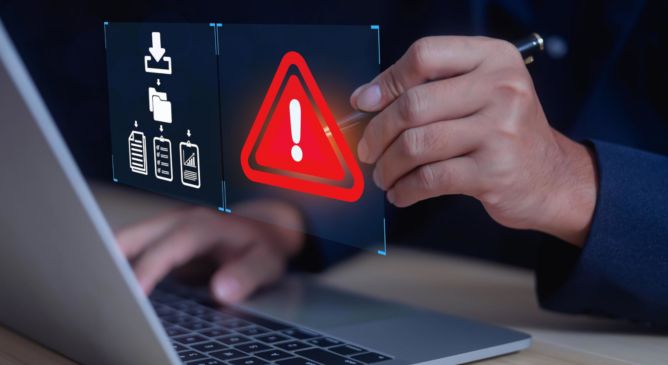

AI-Assisted Fake GitHub Repositories Fuel SmartLoader and LummaStealer Distribution
In this blog entry, we uncovered a campaign that uses fake GitHub repositories to distribute SmartLoader, which is then used to deliver Lumma Stealer and other malicious payloads. The campaign leverages GitHub’s trusted reputation to evade detection, using AI-generated content to make fake repositories appear legitimate.














